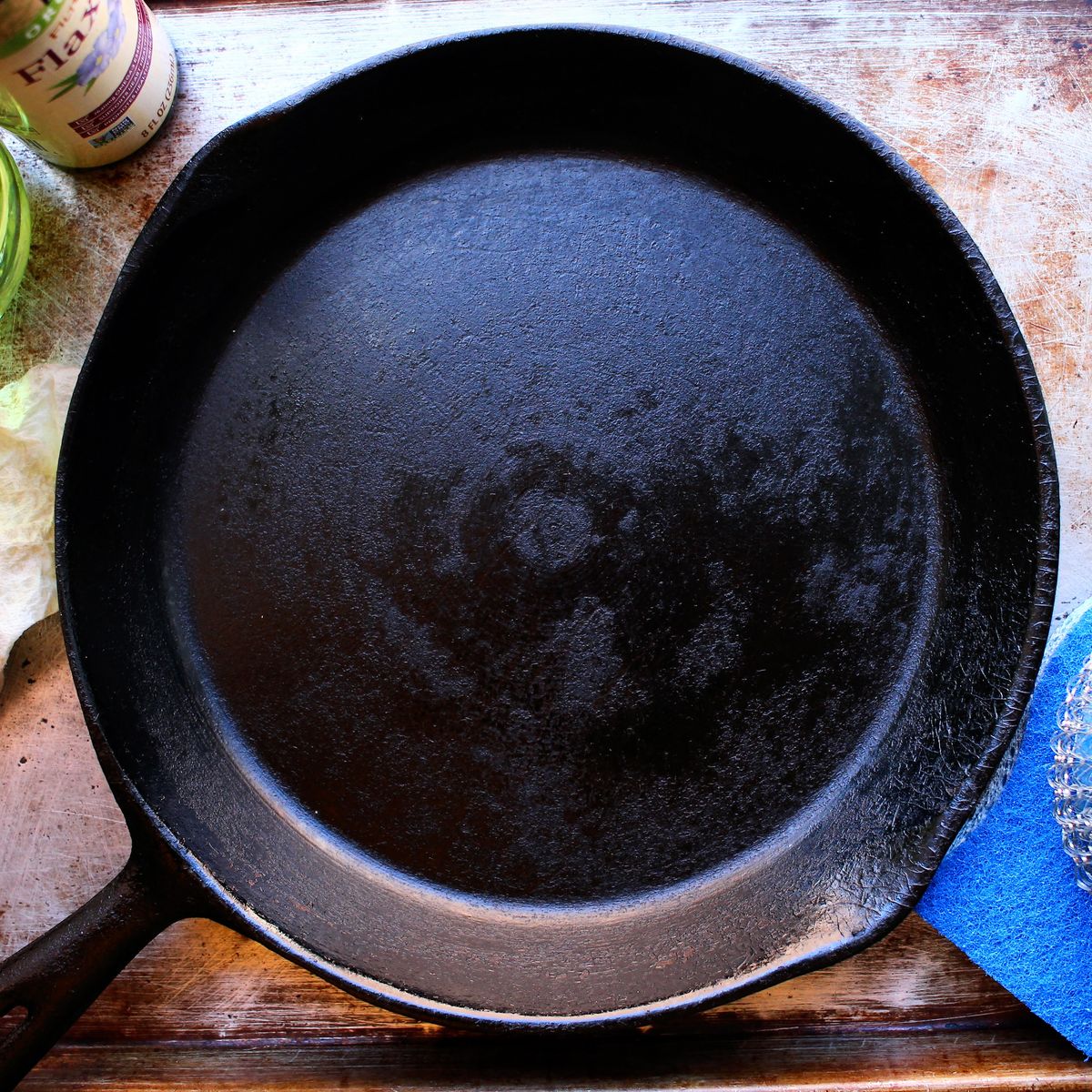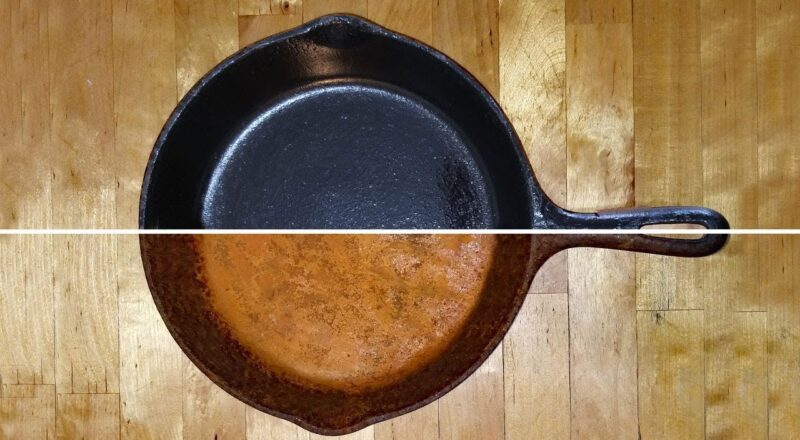Are you delighted to learn how to season a cast iron skillet with olive oil? Seasoning your skillet not only creates a non-stick surface but also extends the life of your cookware. In this article, we will explore the steps and benefits of seasoning your cast iron skillet with olive oil. This process is easy and can be performed in just a few hours.
:max_bytes(150000):strip_icc()/How-to-Season-Cast-Iron-Skillet-3x2-1-bcd280f1703e47e0a59bb62e86a0d53a.png?keyword=how to season a cast iron skillet with olive oil)
Why Season Your Cast Iron Skillet?
Seasoning your skillet is essential for various reasons:
- Non-stick Surface: Creates a smooth, non-stick surface for cooking.
- Prevents Rust: Protects the skillet from rusting and corrosion.
- Improves Flavor: Enhances the flavor of your food over time.
- Durability: Increases the lifespan of your skillet.

What You’ll Need
Before you start, gather these materials:
- Cast iron skillet
- Olive oil
- Clean cloth or paper towels
- Aluminum foil
- Oven
- Tongs

Step-by-Step Guide
Step 1: Clean the Skillet
Begin by thoroughly cleaning your cast iron skillet. Use warm water and a small amount of dish soap to remove any debris or previous seasoning layers. Rinse and dry completely.
For more detailed cleaning tips, check out this reseason cast iron.
Step 2: Apply Olive Oil
Apply a thin layer of olive oil to the entire surface of the skillet, inside and out. Use a clean cloth or paper towel to spread and evenly coat the skillet. The oil should cover the entire surface but no excess oil should be pooling.
Step 3: Prepare the Oven
Preheat your oven to 375F (190C). While the oven is heating up, line the lower rack with aluminum foil to catch any drips from the skillet.
Step 4: Bake the Skillet
Place the skillet upside down on the upper oven rack. This allows any excess oil to drain off, preventing a sticky residue. Bake the skillet for 1 hour, then turn off the oven and let the skillet cool completely inside the oven.
Step 5: Repeat the Process
For best results, repeat the oiling and baking process 2-3 times. This builds up several layers of seasoning, resulting in a more durable non-stick surface.
:max_bytes(150000):strip_icc()/How-to-Season-Cast-Iron-Skillet-3x2-1-bcd280f1703e47e0a59bb62e86a0d53a.png?keyword=how to season a cast iron skillet with olive oil)
Maintenance Tips
To maintain your cast iron skillet:
- Avoid using soap or harsh detergents for cleaning.
- After each use, rinse with warm water and dry completely.
- Apply a thin layer of oil to the skillet after drying.
Common Mistakes to Avoid
- Using too much oil: This can result in a sticky surface.
- Skipping the cleaning step: Dirty skillets can trap food particles and debris under the seasoning layer.
- Not heating properly: Incomplete heating affects the quality of the seasoning.
Benefits of Using Olive Oil
Olive oil is a natural and readily available option for seasoning cast iron skillets. It has several benefits:
- Health Benefits: Olive oil is a healthier oil option compared to synthetic oils like non-stick sprays.
- Flavor Enhancement: Adds a subtle but delicious flavor to your cooking.
- Accessibility: Olive oil is readily available in most households.
For health-conscious tips and recipes, visit this external link.
FAQ
Q1: Can I use other oils for seasoning?
Yes, other oils like flaxseed oil, canola oil, or vegetable oil can also be used for seasoning.
Q2: How often should I season my cast iron skillet?
A well-seasoned skillet can last for years, but re-seasoning every 3-4 months is a good practice.
Q3: Can I cook acidic foods in my cast iron skillet?
A well-seasoned skillet can handle acidic foods, but it’s best to avoid cooking highly acidic dishes frequently.
As an Amazon Associate, I earn from qualifying purchases.

